Many face the diagnosis of osteochondrose of the lumbar region.Symptoms of this disease: Permanent pain in the lower back, as well as limited movements, loss of sensitivity and so on.In any case, it should be understood that this disease in the lack of treatment can lead to the mass of neurological complications.So what is the disease?What are her first signs?What treatment methods offers modern medicine?This information will be useful to every reader.
What is osteochondrosis?
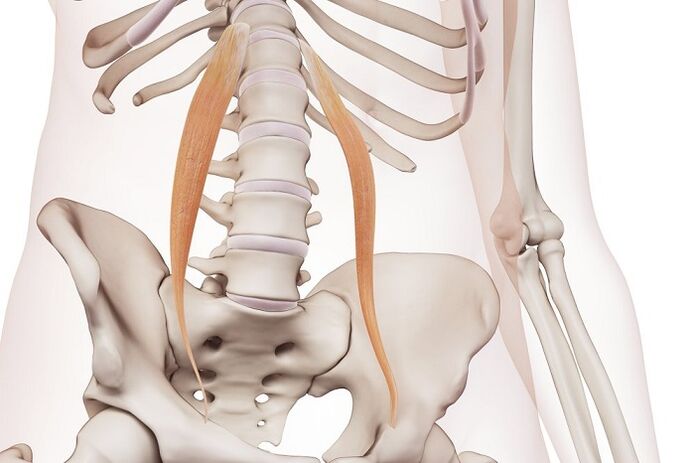
Osteochondrosis is a chronically progressive disease that accompanied by degeneration of the connective and bone tissue of the spine.The process of pathological changes in the tissues starts on an intervertebral disk.This structure consists of fibrous rings, in which it is on a can of gel.
As a result of violation of normal metabolism, gradual core drying occurs.In addition, changes in the fibrous ring were observed: tears and cracks are formed in tissues, as a result that the core can cross.A similar process affects the condition of vertebrate, because the vertebrae must withstand heavy loads.Thus, not only intervertal disks, but also vertebrae, ligaments and intervertal compounds are included in the process.
As a rule, the disease begins in adulthood or age, although there are cases when the disease is diagnosed with adolescents.By the way, lumbar osteochondrose is the most common form of this disease.
Causes of disease development
This pathology is developing with a violation of normal metabolism and the presence of increased physical effort.It is worth noting that the degenerative process is generally initiated under the influence of several factors at once.To date, lumbar osteochondrose is considered a multifactorial disease.Here are just the most common causes of degeneration.
- First of all, a hereditary predisposition should be noted.The cause can be some of the innate anatomical characteristics of skeletons and metabolic disorders, such as the wrong metabolism of glycoprotein.
- Risk factors include flat feet, because with this pathology there is a redistribution of normal load on your spine.
- In some cases, osteochondrosis develops against background of spinal injury.
- Static loads can also be attributed to risk factors.For example, long standing or remain in an uncomfortable position.
- Physical strain can begin the degenerative process, especially when it comes to professional athletes.
- Often the process is developing in obese people, since the spine, as well as the entire skeleton, took the load to increase the load.
Severity of lumbar osteochondrose
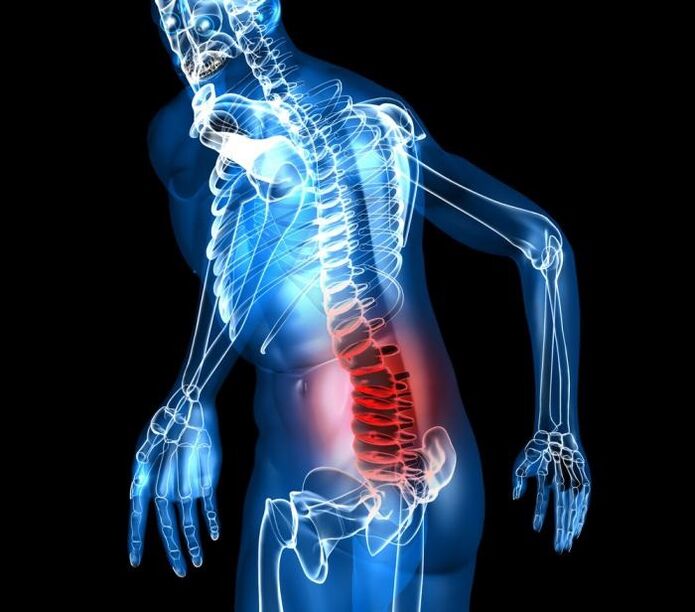
This disease develops gradually.To date, it is common to distinguish the four main degrees of osteochondrose lumbar regions (some doctors broadcast three).
- In the first phase, there is a gradual change and movement of the core jacket within the intervertebral disk.
- Lumbar osteochondrose 2. Degree characterizes the destruction of fibrous rings.
- In the third phase, as a rule, there is a crack of fibrous rings, as a result that the gelatinous core moves outside its borders, so the intervertebral disk kila is formed.
- The fourth phase of the disease was monitored by degeneration of vertebrae, ligaments and joints, as a result that spondylarthrosis is developing.
Osteochondrosis of lumbar: Symptoms and description of the first phase of the disease
This phase of the disease is accompanied by irritating nerve fibers, which are in intercuttal ligaments and a fibrous ring.Therefore, the first sign of this disease is discomfort, stiffness and pain in the lumbar area.It is worth noting that pain can be sharp and shooting (in medicine, this symptom is called "lumbago") or, on the contrary, stupid, but all the time (lumbalgia).
It is worth noting that due to irritation of nervous endings, pain can be extended to other tissues, organs, or even organ systems.For example, in the event of a violation of the normal trophy and circulation in ligaments and tendons, the occurrence of thus-collected enhancements in which connective tissues changes and compact in bone attachments.
From more often in patients, lumbosakral osteochondrose is diagnosed, pain can be applied to the lower spine, and even give the lower limb.Compression of nerve endings and small vessels leads to developing violations in the tissues of the lower extremities.
Second degree of osteochondrose and her signs
At this stage, some other signs of osteochondrose of the lumbar region appear.The appearance of certain instability between vertebrates appears, as a result that increases the mobility of the vertebral.
In return, such a change leads to the appearance of a permanent and almost constant tension of the lower back muscles.Patients do not complain not only of pain and discomfort, but also on constant muscular fatigue.
Clinical picture with third degree of illness
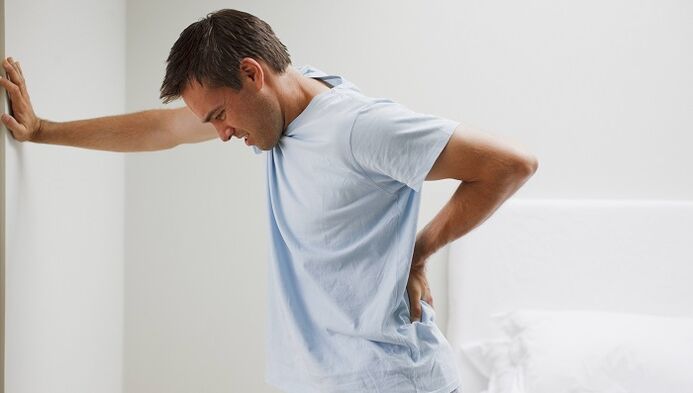
What signs in this case are accompanied by osteochondrose of the lumbar?Symptoms in this period may be different.The fact is that the damaged intervertebral discs are beginning to squeeze the nerve roots, which are accompanied by so-cylmy "radicular syndrome."
At the same time, patients impair the sensitivity of these zones imposed by a compressed nerve.As a rule, a slight stiffness and tingling occur initially, but in the absence of treatment, a complete loss of sensitivity may occur.This is often accompanied by deterioration of motor activities, gradual muscle atrophy, and sometimes complete paralysis.
By the way, based on the localization of such changes, we can assume which vertebrae affects the disease.For example, if the change or loss of sensitivity is noticed in the fifth, and the pain gives telecom muscles, it is probably that the patient has lumbosacral osteochondrose.
Some patients are noticed thus-wereked "horse syndrome" that is associated with compressing the root beam, which takes place in the lumbar and sachel part of the spine.This condition is characterized by a violation of the motor function of the legs, as well as various pelvic organs disorders.
Osteochondrosis of lumbar: Fourth phase symptoms
At this stage, all joints and intervertebral ligaments are already included in the process.Moreover, there is a fibrosis of the intervertebral disk, in which all its elements replace the thick wenching fabric.
By the way, patients patients can be improved at this time.But the mobility of the spine, the lower part and the leg is very limited.
Modern diagnostic methods
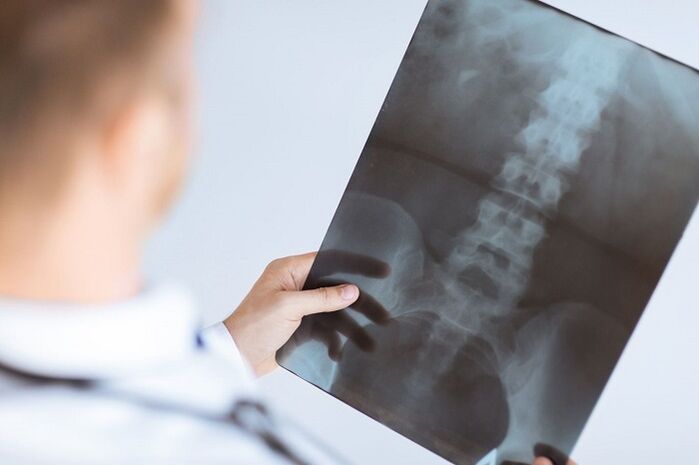
In the presence of constant pain and discomfort in the lower back you should consult a doctor.Only a specialist can determine the lumbar osteochondrose of the spine.The diagnosis in this case includes several phases.
For starters, the doctor will conduct a general exam, check reflexes, the presence of radicular syndromes, as well as the degree of mobility and so on.It is necessary to collect complete history, because in this case it is important not only to diagnostic, but also determines the cause of the development of the degenerative process.
Laboratory methods of diagnosis in this case are not great importance.Therefore, the patient is primarily focused on the radiograph of the spine.X -Ray images allow you to see the narrowing of the intervertebral slot, as well as determine the presence of bone growth and seals on the surface of the vertebral.
For a more precise assessment of the patient's condition, magnetic resonance and computer tomography is also carried out, these studies provide a clearer picture of degenerative changes in the spine.
What complications is the disease associated?
In no case that disease would not perceive this frivolous disease.In the absence of timely therapy, the patient will have to face not only with pain and restriction of mobility, but also with more serious consequences.
Specifically, degeneration of interverters leads to the formation of Hernia.In addition, the compression of nerve roots affects the work of many organs, including urinary, sexual and sometimes digestive systems.In some cases, the disease leads to complete paralysis of lower extremities and muscle atrophy.Changes in osteochondros are practically irreversible, so it is extremely important to start therapy on time.
Treatment of drugs Osteochondrosis
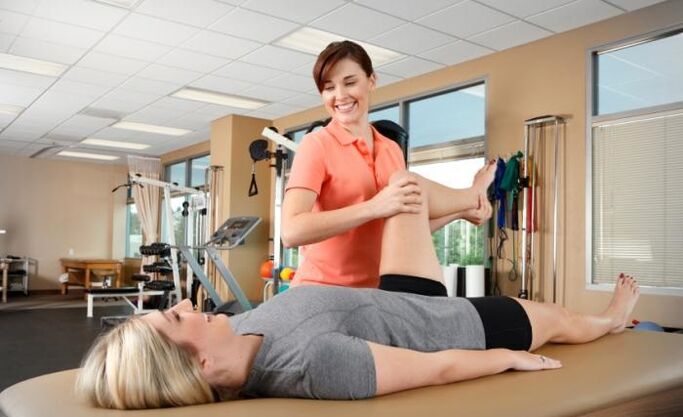
Only the doctor knows how to treat with lumbar osteochondrose.With such a disease therapy is selected individually, because it depends on many factors, including the individual characteristics of the patient's body.In any case, it should be understood that the treatment of osteochondrose is a debt and a complex process.
Of course, patients are prescribed for some drugs.Most often this disease is used below.
- Hondroprotectors are used at the initial phases for treatment - drugs that inhibit the process of degeneration of the tissue cartridge.
- In the second phase, the treatment of lurbosacral osteochondorosis may involve the use of anti-inflammatory drugs that eliminate pain and inflammatory process.
- Muscular spasm is eliminated with muscle relaxants.
- Local anesthetics are used for strong pain.For example, the pain is blocked by injections in the hospital.
- Older patients are recommended for taking multivitamin complexes.
- Therapy also includes vasolishing drugs that improve blood circulation and trophic tissue.
Other methods of conservative treatment
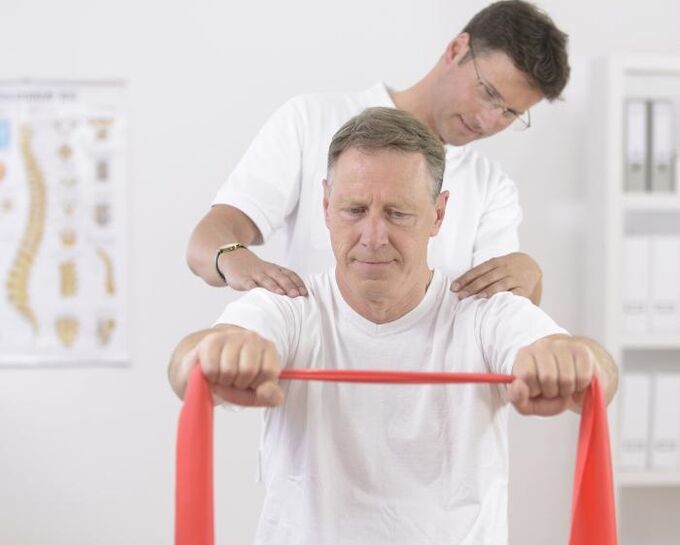
Of course, it is impossible to solve the disease only with the help of drugs.Treatment of lumbosacral osteochondrosis includes other measures.In particular, therapy massage gives a positive effect.Regular sessions help to remove muscle cramps and improve blood circulation in tissues.
Gymnastics with lumbar osteochondrose is extremely important.The exercise set selects the present doctor or physiotherapist.Physical education helps restore mobility, improve blood circulation, eliminate pain.Naturally, classes should be regular.On the other hand, in the presence of acute pain, physical activity is contraindicated, during this period, the patient needs a strict bed and carrying a special corset, which relieves the load from the spine.
In addition, some ways of physiotherapy are also used.In particular, ultraviolet radiation is considered quite effective (eliminates spasm and pain), magnetotherapy, laser therapy, electrophoresis (help mitigate inflammation and pain), as well as balanced treatments.
When does the surgical intervention need?
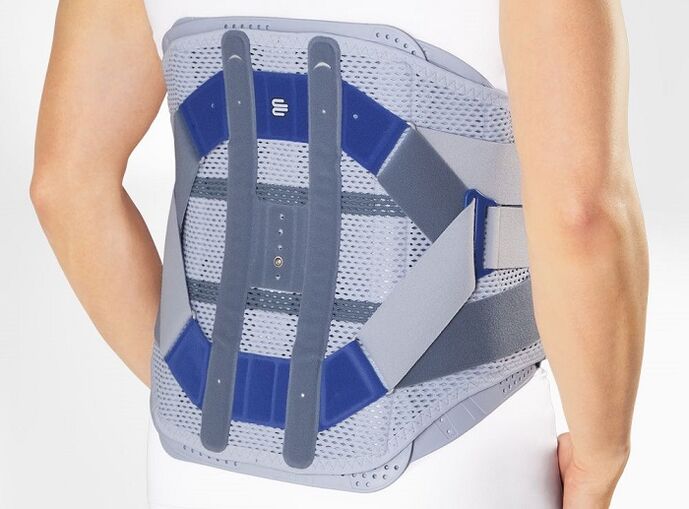
Unfortunately, not in all cases, conservative treatment is possible, especially if the patient is diagnosed with intervertebral hernia.Indications for surgical intervention are also the "bone tail" syndrome, as well as strong compression of nerve roots.
To date, there are many techniques for such operations.It is most often called micro-circlies, as well as endoscopic procedures, are also performed to remove pressure on blood vessels and nerves.


















